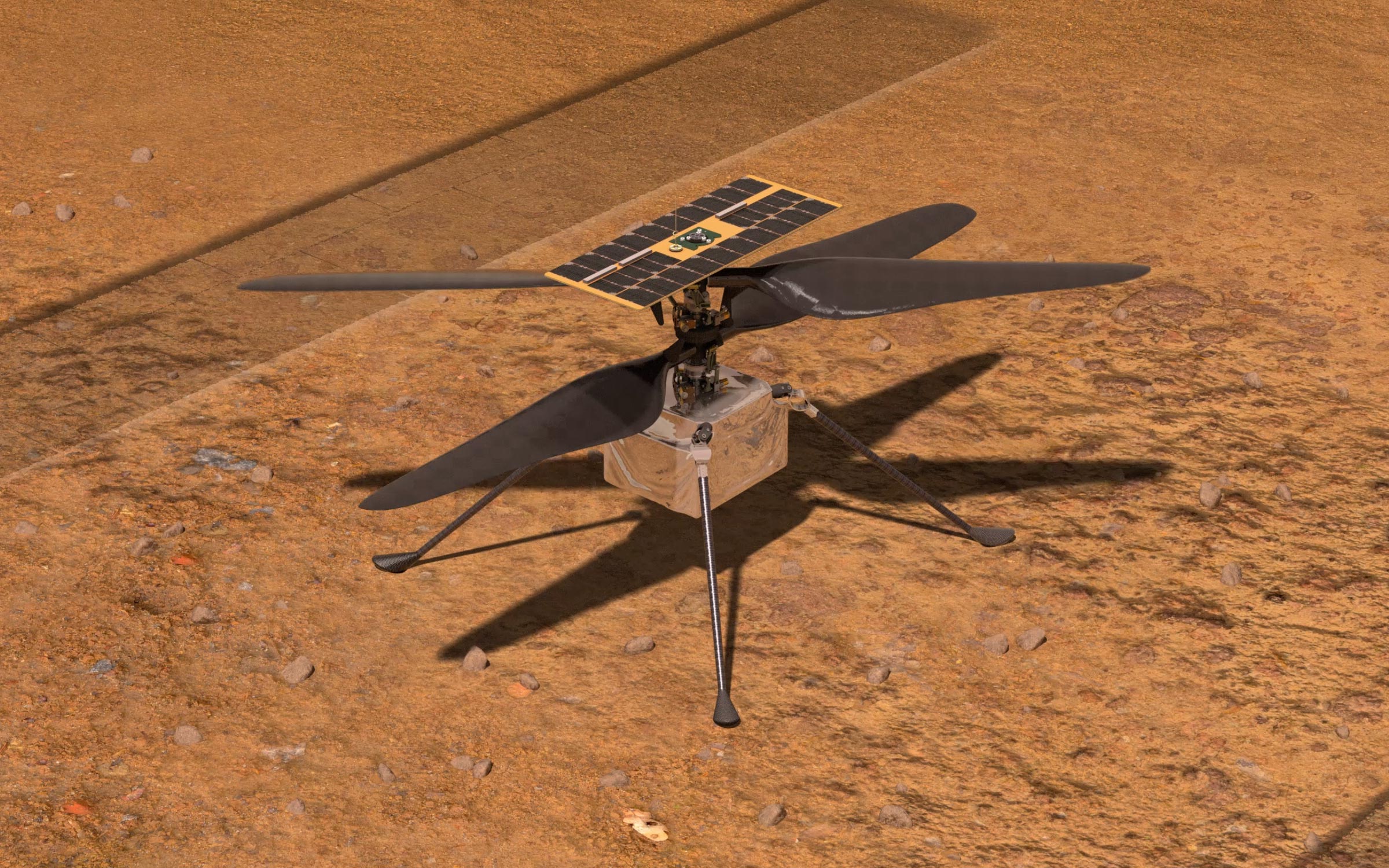

NASA’s Mars Ingenuity Helicopter completed its 52nd successful flight on April 26, despite communication challenges resulting in a loss of contact with the helicopter descending for landing. (Illustration of NASA’s Creativity Helicopter on Mars.) Credit: NASA/JPL-Caltech
Mars Helicopter successfully completed its 52nd flight, despite communication dropouts due to challenging Martian terrain. Contact with the helicopter was re-established on June 28, following a temporary blackout due to a hill blocking the signal between it and the Perseverance rover. Flight 53, scheduled for the coming weeks, will further explore Mars’s westward terrain.
The intrepid rotorcraft may head skyward again within the next couple of weeks.
The 52nd flight of NASA’s Ingenuity Mars Helicopter is now in the official mission logbook as a success. The flight took place back on April 26, but mission controllers at NASA’s Jet Propulsion Laboratory in Southern California lost contact with the helicopter as it descended toward the surface for landing.
The Ingenuity team expected the communications dropout because a hill stood between the helicopter’s landing location and the Perseverance rover’s position, blocking communication between the two. The rover acts as a radio relay between the helicopter and mission controllers at JPL. In anticipation of this loss of communications, the Ingenuity team had already developed re-contact plans for when the rover would drive back within range. Contact was re-established June 28 when Perseverance crested the hill and could see Ingenuity again.

NASA’s Ingenuity Mars Helicopter was captured by the Perseverance rover’s Mastcam-Z on April 16, not long after the rotorcraft’s 50th flight. The helicopter would soon fall silent for 63 days due hilly terrain that interrupted communications between the rover and aircraft. Credit: NASA/JPL-Caltech/ASU/MSSS
The goal of Flight 52, a 1,191-foot (363-meter) and 139-second-long flight, was to reposition the helicopter and take images of the Martian surface for the rover’s science team.
“The portion of Jezero Crater the rover and helicopter are currently exploring has a lot of rugged terrain, which makes communications dropouts more likely,” said JPL’s Josh Anderson, the Ingenuity team lead. “The team’s goal is to keep Ingenuity ahead of Perseverance, which occasionally involves temporarily pushing beyond communication limits. We’re excited to be back in communications range with Ingenuity and receive confirmation of Flight 52.”

NASA’s Ingenuity Mars Helicopter is seen in shadow in an image captured by its navigation camera during the rotorcraft’s 52nd flight on April 26. This image was finally received after Perseverance and Ingenuity were out of communication for 63 days. Credit: NASA/JPL-Caltech
Sixty-three days is a long time to wait for the results of a flight, but the data coming in indicates all is well with the first aircraft on another world. If the remainder of Ingenuity’s health checks are equally rosy, the helicopter may fly again within the next couple of weeks.
The target for Flight 53 is an interim airfield to the west, from which the team plans to perform another westward flight to a new base of operations near a rocky outcrop the Perseverance team is interested in exploring.
More about creativity
The innovative Mars helicopter is the creation of the Jet Propulsion Laboratory (JPL), which also has project management responsibilities on behalf of NASA Headquarters. Support for the project comes from NASA’s Science Mission Directorate. Two major contributors during the innovation development phase were NASA’s Ames Research Center, located in California’s Silicon Valley, and NASA’s Langley Research Center, located in Hampton, Virginia. These institutions provided vital flight performance analysis and technical guidance. Industry partners including AeroVironment Inc. and Qualcomm and SolAero, contributing to the design process and supplying key vehicle components. Lockheed Space has undertaken the task of designing and manufacturing the Mars Helicopter Delivery System.
At the helm of the Ingenuity Mars Helicopter project at NASA Headquarters is Program Executive Dave Lavery.

“Web maven. Infuriatingly humble beer geek. Bacon fanatic. Typical creator. Music expert.”





More Stories
Scientists confirm that monkeys do not have time to write Shakespeare: ScienceAlert
SpaceX launches 23 Starlink satellites from Florida (video and photos)
A new 3D map reveals strange, glowing filaments surrounding the supernova